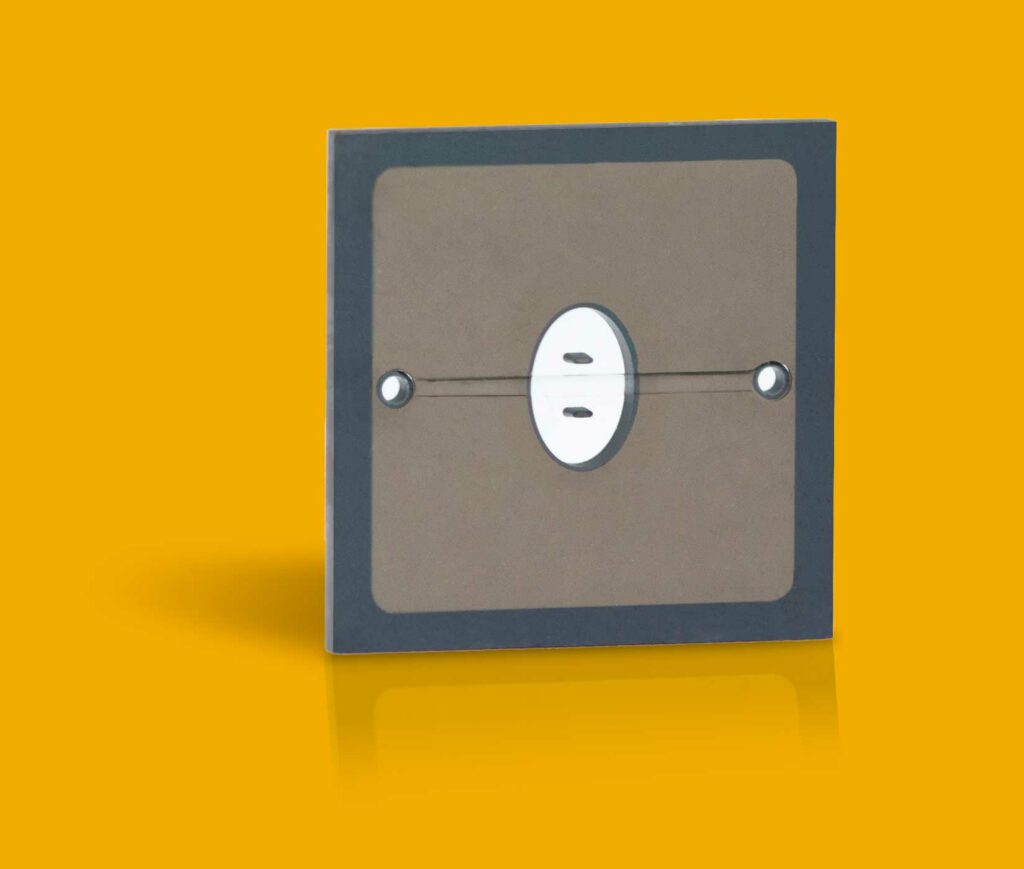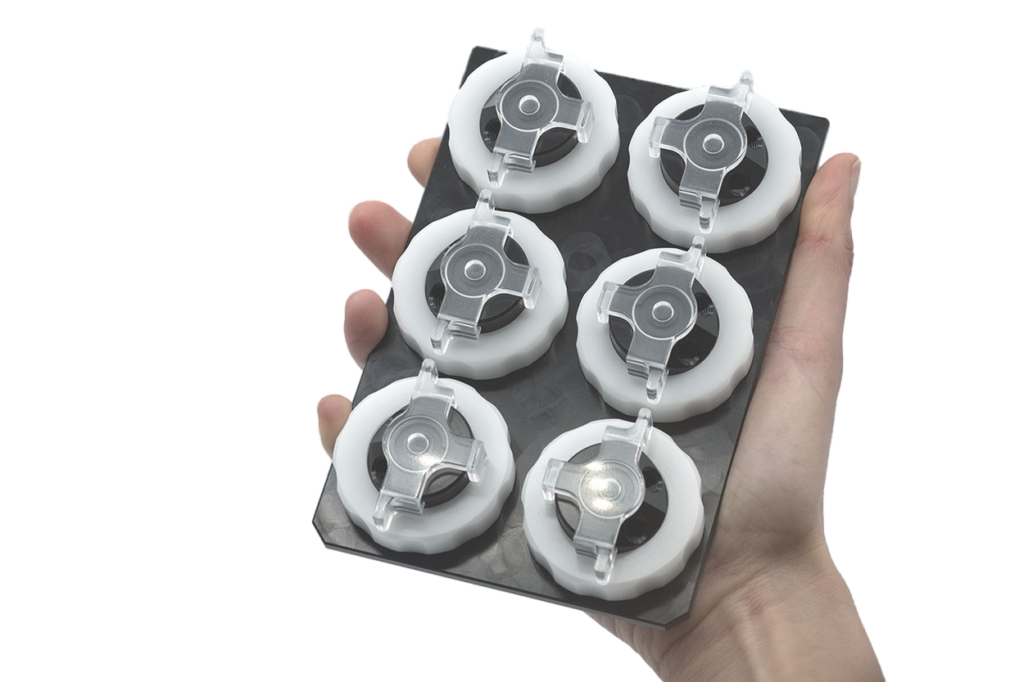Biomedical research has advanced greatly through innovative technologies that simulate human physiology in a controlled and reproducible manner. Organ on a chip technology represents a revolutionary approach to in vitro modeling of human organs and tissues. It aims to replicate the functionality of specific organs or tissues on a microscale platform, allowing researchers to closely mimic the intricate biological processes that occur within the human body.
The inCHIPit™, as a prime example of organ-on-chip technology, is designed to provide researchers with a versatile and controllable system for the study of complex 3D tissues. You can transform the way you conduct biomedical research with our most versatile organ on chip device.
Defining a human organ on chip
Equipped with an open well and one or three perfusable channels separated by a porous membrane, the inCHIPit™ offers limitless possibilities for your research needs. From cell monolayers to microtissues to organoids, our device supports a wide range of tissue types to match your unique requirements. This adaptability is essential for researchers working on diverse projects and ensures that the device can be tailored to meet your unique research requirements.
The inCHIPit™ is comprised of a squared open well (details on dimensions and others can be found in the table below) that is connected to one or three underlying microfluidic channels through a porous membrane.
The open well can accommodate a diverse range of tissues including organoid cultures, patient-derived samples and cell monolayers. This revolutionary human organ on chip solution allows for direct access to the cell culture from the top and for imaging through its optically transparent window on the bottom.
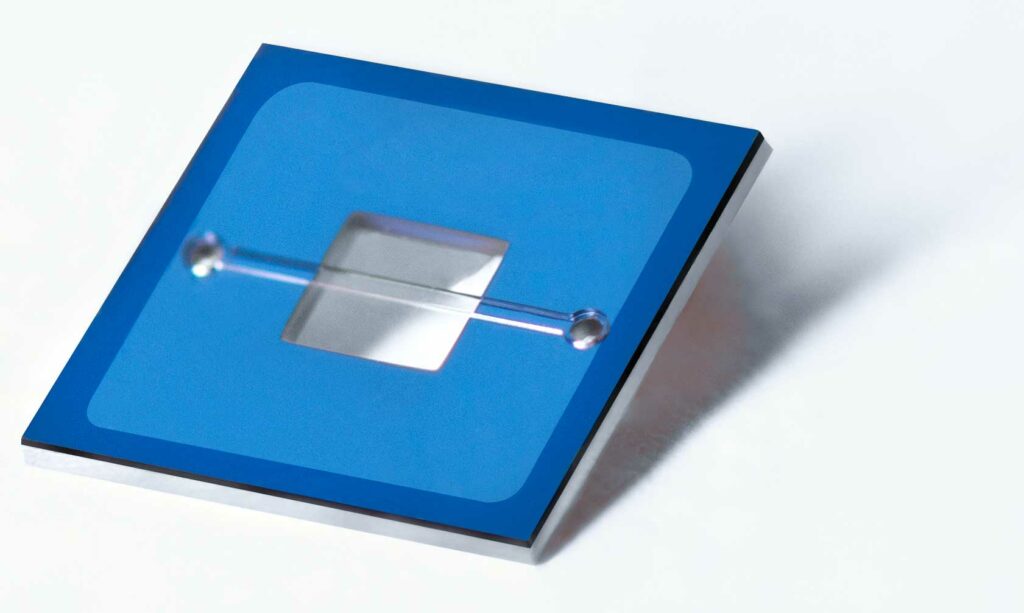
One of the groundbreaking aspects of inCHIPit™ is the ability to recreate perfusable 3D blood vessels within the underlying channels. These “blood vessels” can continuously provide oxygen and nutrients to the tissue through the porous membrane.
This feature is instrumental in modeling the vascular system, which is crucial for studying various physiological and pathological processes.
Furthermore, the channel can also be used for co-culturing a different kind of cells from the top layer and for administering drugs and other substances.
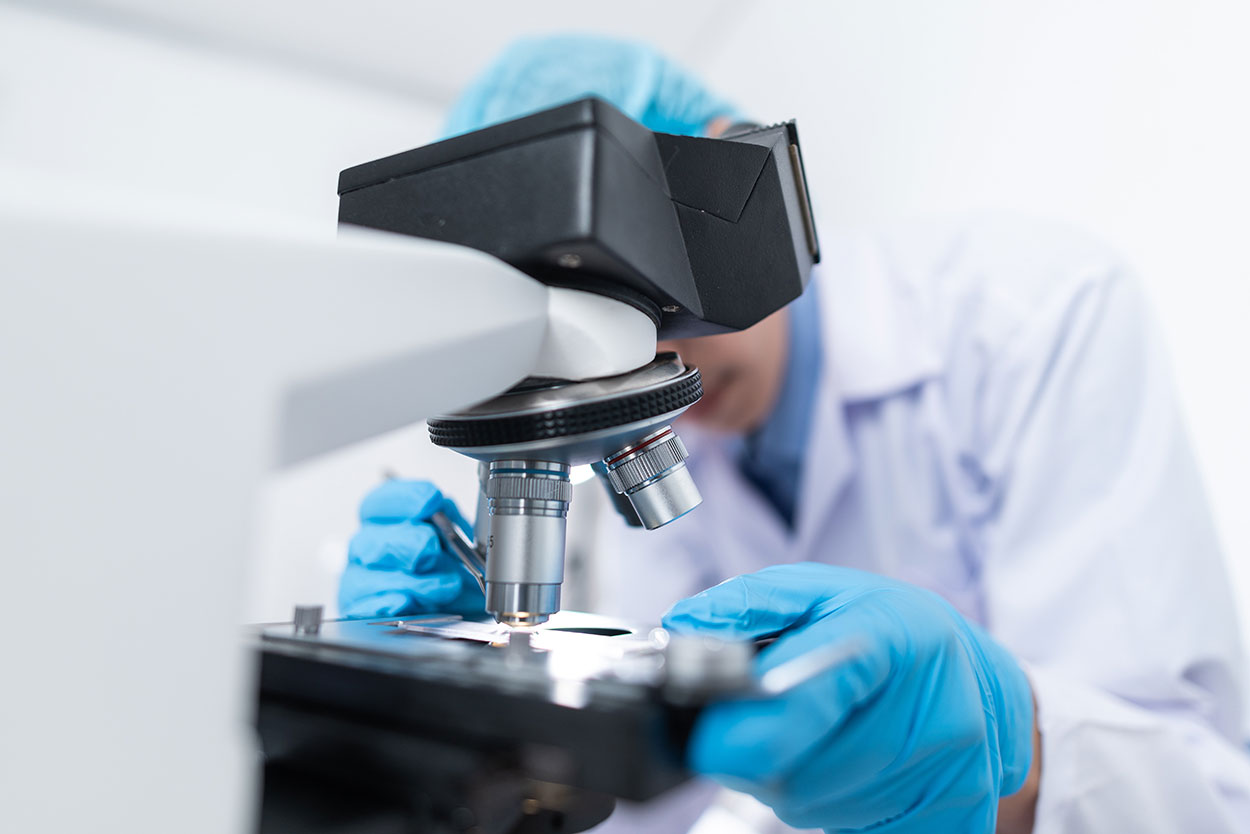
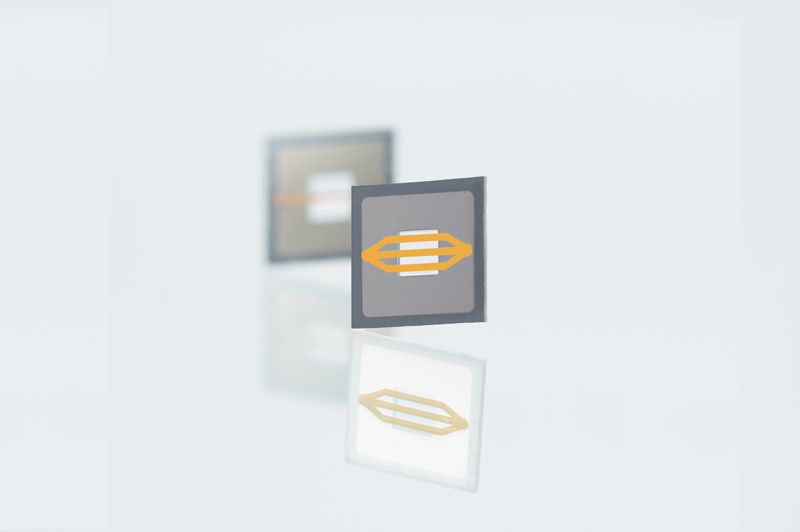

Applications of the inCHIPit™ Organ on Chip Device
The inCHIPit™ can be used for a variety of biomedical research applications, including:
- Drug discovery: The inCHIPit™ can be used to screen new drug candidates for safety and efficacy in a human-relevant setting. This can help to reduce the failure rate of new drugs in clinical trials.
- Toxicology testing: The inCHIPit™ can be used to assess the toxicity of new chemicals and environmental toxins on human cells and tissues.
- Disease modeling: The inCHIPit™ can be used to model human diseases in a controlled laboratory setting. This can help researchers to better understand the disease mechanisms and develop new treatments.
The inCHIPit™, as a prime example of organ-on-chip technology, is designed to provide researchers with a versatile and controllable system for the study of complex 3D tissues. You can transform the way you conduct biomedical research with our most versatile organ on chip device.
Specifications of your organ on chip
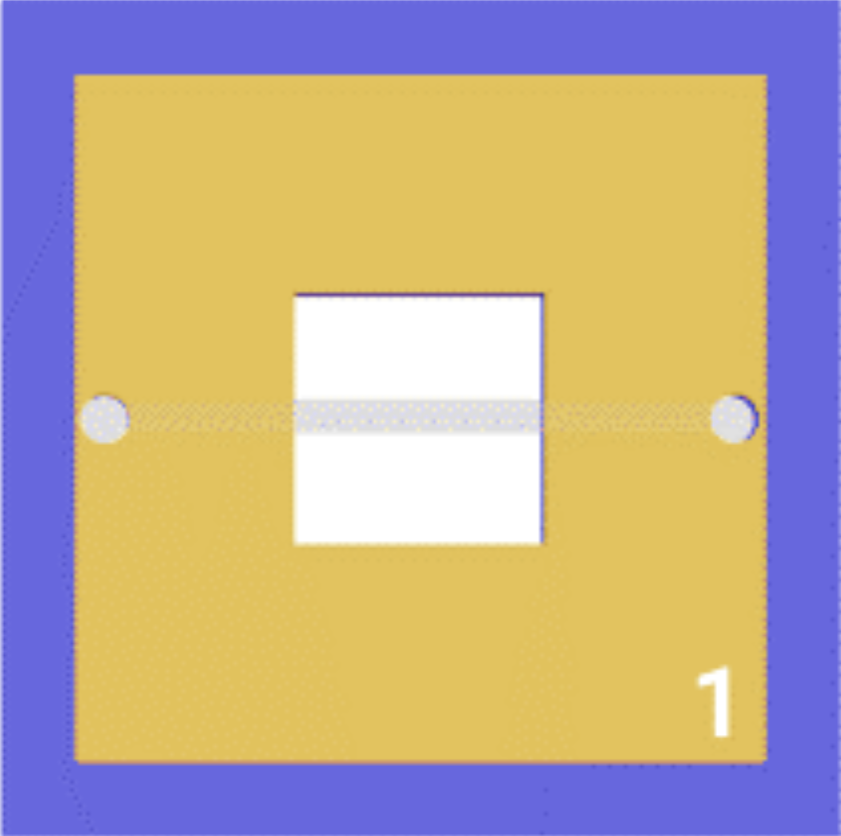

The dimensions of the inCHIPit 1 channel and 3 channel are listed in the table below.
inCHIPit-1C | inCHIPit-3C | |
|---|---|---|
Chip length and width | 10x10mm | 10x10mm |
Channel width | 400 µm | 500 µm |
Channel height | 110 µm | 110 µm |
Volume microfluidic channel | 0.3 µl | 1.1 µl |
Pore dimension | 4 µm | 4 µm |
Porosity | 0.27% | 0.81% |
Well bottom dimensions | 3×3 mm | 3×3 mm |
Well height | 0.535mm | 0.535mm |
Volume well (without comPLATE™) | 4.5 µl | 4.5 µl |
Volume well (with comPLATE™) | 240 µl | 240 µl |
Channel-well contact area | 28.6 x 103 µm2 | 105.5 x 103 µm2 |
Membrane surface area – bottom of the chip | 3.35 mm2 | 11.43 mm2 |
Customization options are available – reach out to us for more information
The ability to replicate specific organs and tissues on microscale platforms has significant implications for drug testing, disease modeling, and toxicology studies. With inCHIPit™, researchers can gain a deeper understanding of human physiology and pathophysiology, ultimately leading to more effective drug development and personalized medicine approaches.
Additional information:
- For more information on our solutions visit our product and applications pages
- To order our products, or to arrange a Proof of Concept study, please contact our sales team.

